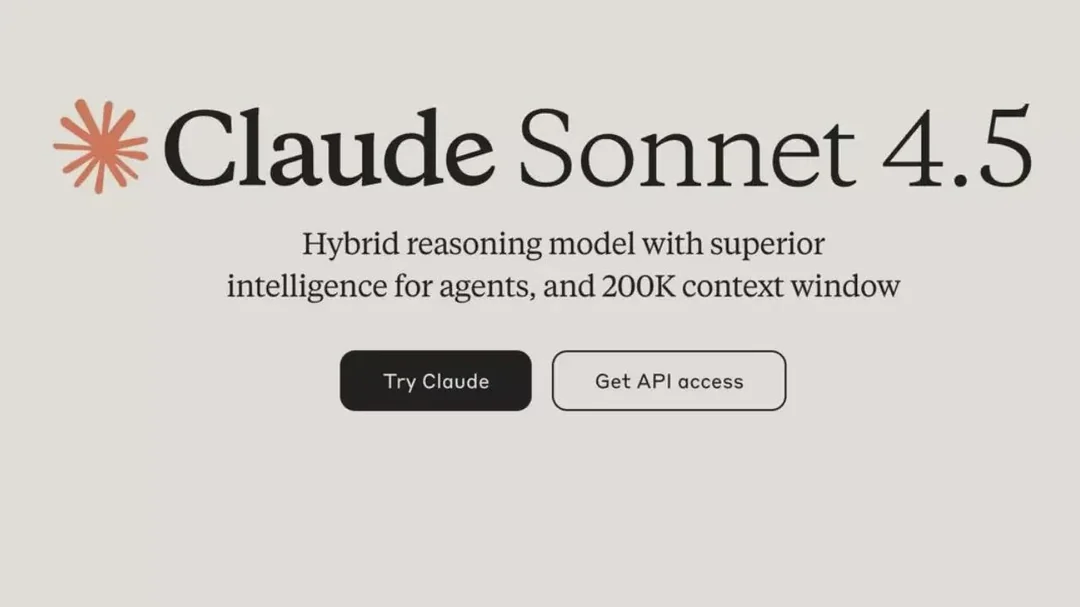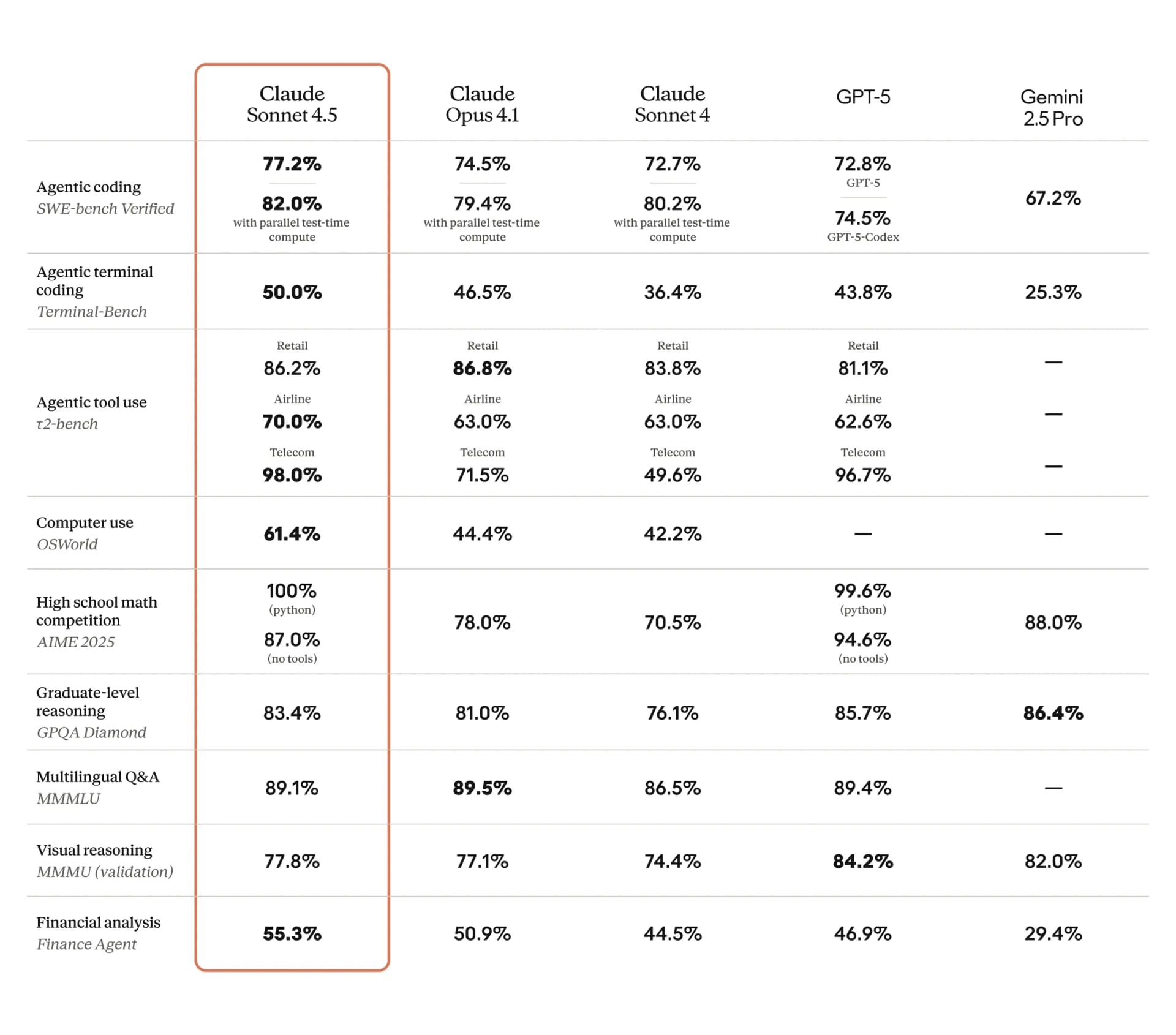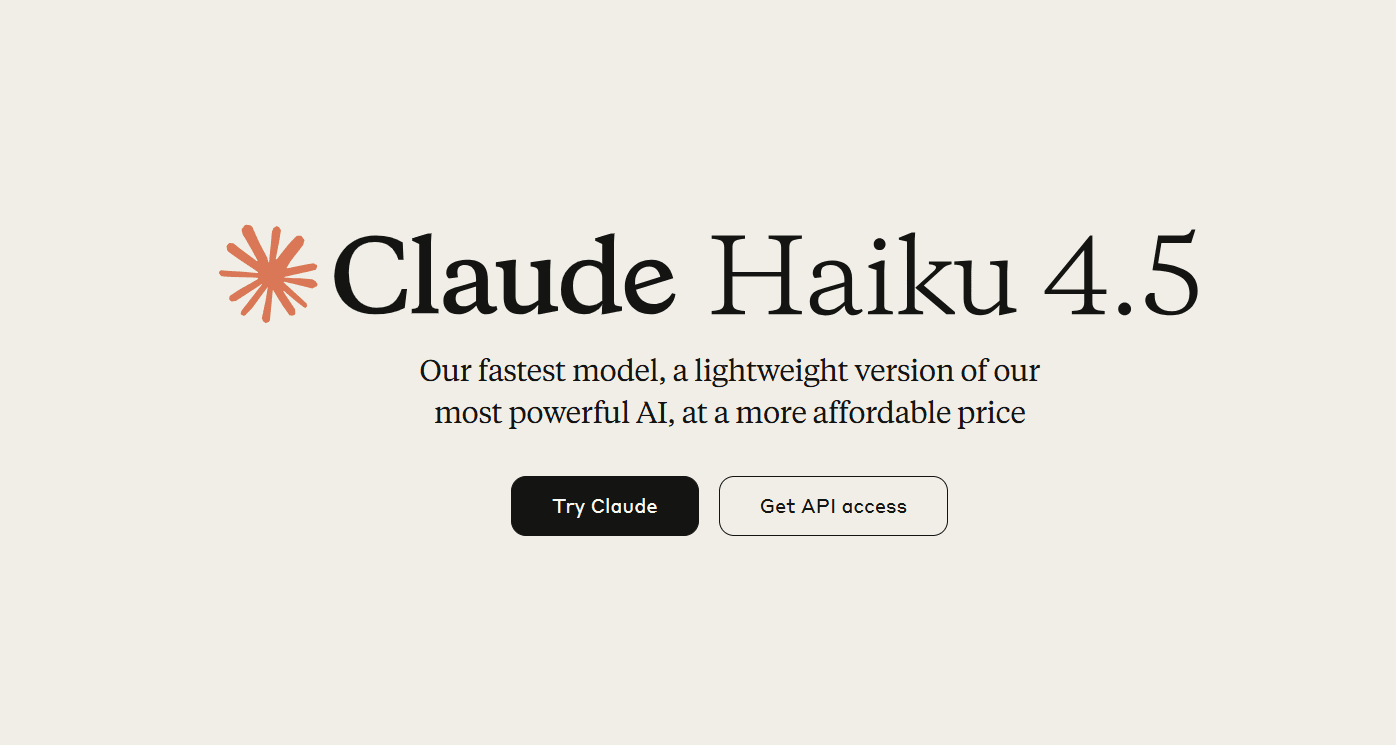PocketFlow: A 100-Line Framework for Smarter LLMs
Explore how PocketFlow’s minimal, graph-based design streamlines LLM app development no dependencies, just rapid, flexible, agentic coding.
Anthropic’s Claude Sonnet 4.5 promises 30 hours of uninterrupted autonomy, deeper reasoning turning AI agents into true collaborators.

Imagine you hand over a multi-step software task to an AI, go off to sleep, and come back to a working solution. No constant supervision. No repeat prompts.
This isn’t sci-fi—it’s exactly what Claude Sonnet 4.5 promises. But can it deliver?
In this post, you'll discover what makes 4.5 special, what it means for AI agents, and whether it's ready for prime time.
Claude Sonnet 4.5 can run autonomously for up to 30 hours straight, a huge leap over earlier models capped around 7 hours.
This extended runtime is essential for “agentic” tasks—AI handling multi-step workflows with minimal human intervention.

Claude 4.5 outperforms its predecessors in logic, mathematics, and code tasks. In demos, it even built a web app from scratch.
Benchmarks show OS task scores rising from ~40% to ~60%.

Anthropic calls 4.5 its “most aligned model yet”—with tighter guardrails to reduce risky or errant behavior.
This is critical for enterprises and regulated sectors where precision matters.
Claude Sonnet is being integrated into Microsoft 365 Copilot, allowing users to choose Claude or OpenAI models for tasks across Word, Excel, and beyond.
This move accelerates enterprise adoption.
Claude 4.5 is also available via Amazon Bedrock, with features like:

With extended autonomy, Claude 4.5 shifts from being a reactive helper to a proactive collaborator—handling workflows, dependencies, and coordination with little oversight.
Instead of flashy showcases, Anthropic is emphasizing stability, reliability, and safety—traits enterprises prioritize.
Claude 4.5 now competes head-to-head with OpenAI, Google’s Gemini, and xAI.
If it delivers, it could tilt the balance in the agentic AI race.

Longer autonomous runs can accumulate error, drift, or hallucinations.
Despite stronger guardrails, real-world stress tests will decide resilience.
⚠️ Caution: Always have fallback and monitoring systems when deploying long-running AI.
The question remains: will Claude 4.5 be broadly accessible, or locked behind enterprise tiers?
Early signs suggest expanded access and “free access in some contexts.”
“Please do not let this version degrade as the earlier did!”
Claude Sonnet 4.5 isn’t just another upgrade—it’s a bold leap toward true AI autonomy.
If it fulfills its promises, developers, enterprises, and teams could soon collaborate with AI not as a tool, but as a long-term, independent partner.
The excitement is justified. But as with all frontier tech, the proof will be in deployment, resilience, and edge-case handling.
🚀 We’re not just watching AI evolve—we’re watching it become a co-worker.
Continue exploring these related topics
Explore how PocketFlow’s minimal, graph-based design streamlines LLM app development no dependencies, just rapid, flexible, agentic coding.

Claude Haiku 4.5 offers near-frontier AI performance at double the speed and one-third the cost. Discover how it changes the game.

Explore how GPT-5.1 boosts ChatGPT with better reasoning, warmer conversations, and improved control over tone, style, and workflow efficiency.